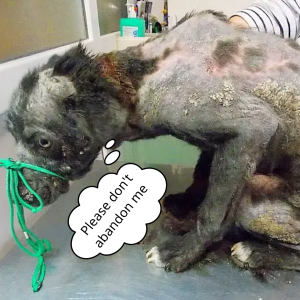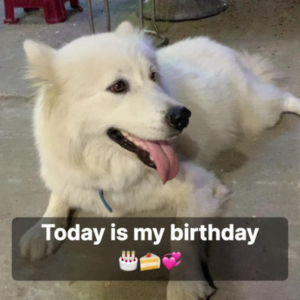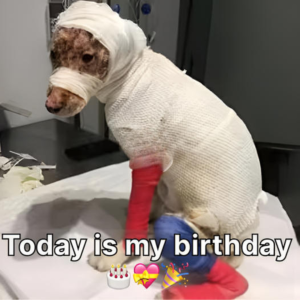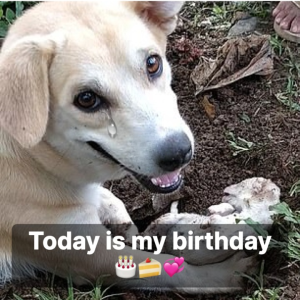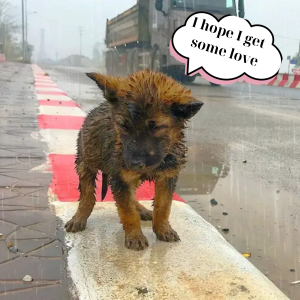How to Give Your Dog The Order to Sit and Stay
Dogs more often than not begin to share the temperament of their masters.
A happy human rubs off his cheerfulness on his dog and an especially suspicious or cranky person will have a dog that’s mistrustful and grumpy too.
That is because dogs learn from their masters and while certain traits are common for dogs of a certain breed, each pet has an individual personality which depends on the training it has received.
One of the first things that owners teach their dogs to do is to sit and stay at a spot on command. Here are a few tips to teach your dog to do so.
Choose a practice area
When you are beginning to train your dog that is most likely still a pup, remember to pick places keeping in mind your pet’s comfort.
A short-haired dog might not like to sit on a cold floor and will get uncomfortable after a while whereas breeds originating from cold climates like Siberians will probably enjoy it. Dogs generally like outdoor activities and need a good deal of exercise anyway.
So taking them to the front lawn or the nearby park is a good idea when you plan to train them. Dogs, like humans, learn better when taught through play and what can make a dog more playful than a nice, lush stretch of grass.
Even indoors, don’t ask your dog to stay on a wet or too hot and too cold a surface.
Start small
Pick a time when your dog is happy and well relaxed. This is important especially for puppies. Begin small.
When you are going to give your dog a treat instead of handing it over immediately after he is seated, hold on for a half a minute at a time.
This will teach your dog to wait. If you have an exceptionally bouncy and active dog that might move off impatiently, measure out the intervals according to its temperament.
Working with two treats at a time instead of one, where you hold off for a bit before each of them might help in such cases.
Decide on a release cue
The whole idea behind training your dog to sit is so that it will stay put until you say so. You need to decide on a word that will give your dog the cue to move.
Do not words that you might end up using very frequently while talking to your pet like ‘Okay’ or ‘Yes’.
Then the dog might begin to move away whenever he hears the frequently used word. Instead pick a gesture or word that will serve as a signal to it to indicate that it is okay to move.
Planting this association between a word and the action of getting up will only be possible if it is done regularly for some period of time.
Often it helps to both use a word and a hand gesture indicating when your dog should stay put and when it is allowed to move.
Work on it a little at a time
The longer your dog has to stay put at a spot, the harder it will be. So slowly increase the duration with each time, making sure that your pet doesn’t become impatient.
Do not turn away from your dog, especially in the earlier stages because then it is likely to walk away or try to follow you. Instead gently take a step backwards and increase the time period for which you want your dog to remain seated.
If you take more steps backwards then cut the duration of the stay a little. Alternate between distance and time so that you are not too hard on your dog that is still learning.
Offer rewards
Deliver the treats you offer your dog as reward or as temptation at the front of its paw. Do not try to offer from high up and slowly because your dog will spot it and get impatient and eager.
It may begin to move towards it or try to reach it. To make your pet stay offer the treat fast and preferably at the front of its feet, so that you dog sits in anticipation knowing that the treat is a reward for remaining seated and does not move towards it which would spoil the entire point of the exercise.
Handle mistakes
Your dog is not perfect; especially so when still being trained. Don’t be too hard on your pet or on yourself about mistakes.
While old school trainers may try to drive home the idea that it has committed a mistake by dragging the dog back to the spot it was meant to be at or punishing it in some way, this does more harm than good.
Take into account that your dog may be tired and try to continue from the last point that you had successfully executed in the exercise or go easy and set a smaller task of staying for a shorter duration.
Remember to still be encouraging while making sure that your dog doesn’t make a habit out of the mistake. Dogs learn mistakes the same way they learn the good things, by force of habit.
Distract your dog
This is the fun part. Training your dog is not only a moment for you to bond but can also prove to be fun for both of you. Come up with fun distractions to keep your dog from moving from the spot.
Grab your pet’s attention. Walk in a circle around them. Do a little dance or sing a loud happy song.
You can also pull a little vanishing act but young dogs may get fearful and worried at this. So remember to not stay out of sight for too long. Be back in a second at first and increase the duration little by little.
Make sure you don’t alarm your dog with overactive behavior. Too much of a distraction might backfire and get your dog excited and agitated.
Don’t be miserly with praise
You want to spoil your dog. Don’t hold back. While using treats as bribes or rewards will get the job done, every dog needs the love and approval of its owner to learn and be happy. Remember to offer words and gestures of ample encouragement after a little training session.
The dog will remember your love and encouragement as positive reinforcement even more than it will value the doggie treats. Thus this is even more crucial to developing habits and learning than offering material rewards.
Also, a happy and confident dog will always learn faster.
Get a clicker
A clicker is a small and simple gadget that is used for the specific purpose of training dogs. It is a way of communicating with your dog.
It is an efficient language between you and your pet and you can use it to let your dog know when it has done something that you appreciate.
Remember to click on the clicker every time your pet has done something right. Initially you can also click on it before you offer a treat so that your dog forms a positive association between the treat and the clicker which you can then use to guide its behavior in many exercises.
Be open to different techniques
Every dog is different. Instead of getting frustrated if the usual methods don’t work try others however unconventional, as long as it doesn’t discomfort your dog. One method would be to run around with your dog a little and then sit with it.
Doing with your dog what you want it to do will always help. So if you want your dog to sit and stay seated at a spot, a good idea would be to do it yourself.
The fun thing about training your dog is that you can make a game out of anything and everything. Do not be afraid to think out of the box, as long as you have your pet’s best interests in mind.
Stay disciplined
Stay committed to your dog and to the training. Try to make your dog sit down every time you offer the things it likes best.
The best thing to do would be to sit down yourself and make sure they sit too when you are petting them. Even after you have allowed access to the outside or provided a bowl full of food, which are things that your dog is likely to value, try to make them sit down.
The act of sitting after or while doing something it likes will not only be like a bribe that will get the job done but make sure that sitting when asked to will remain as a positive memory connected to the things your dog loves in its mind.
Be patient
Patience is the key to being a good teacher in general. It is even more so with your dog because it doesn’t really understand your language.
Therefore your patience and positive attitude is crucial for it to learn grow and be happy. Dogs are a source of unconditional love for their owners.
Remember to let your dogs know that you love them too. It is also a lengthy process. No dog can learn overnight. So it is important to not lose your cool and give up on your pet. Keeping at it is the only way you can teach your dog to do anything.
Getting angry is a discouragement that will only be a hindrance to the learning process.
CLICKERSIT AND STAYTEACH YOUR DOG
